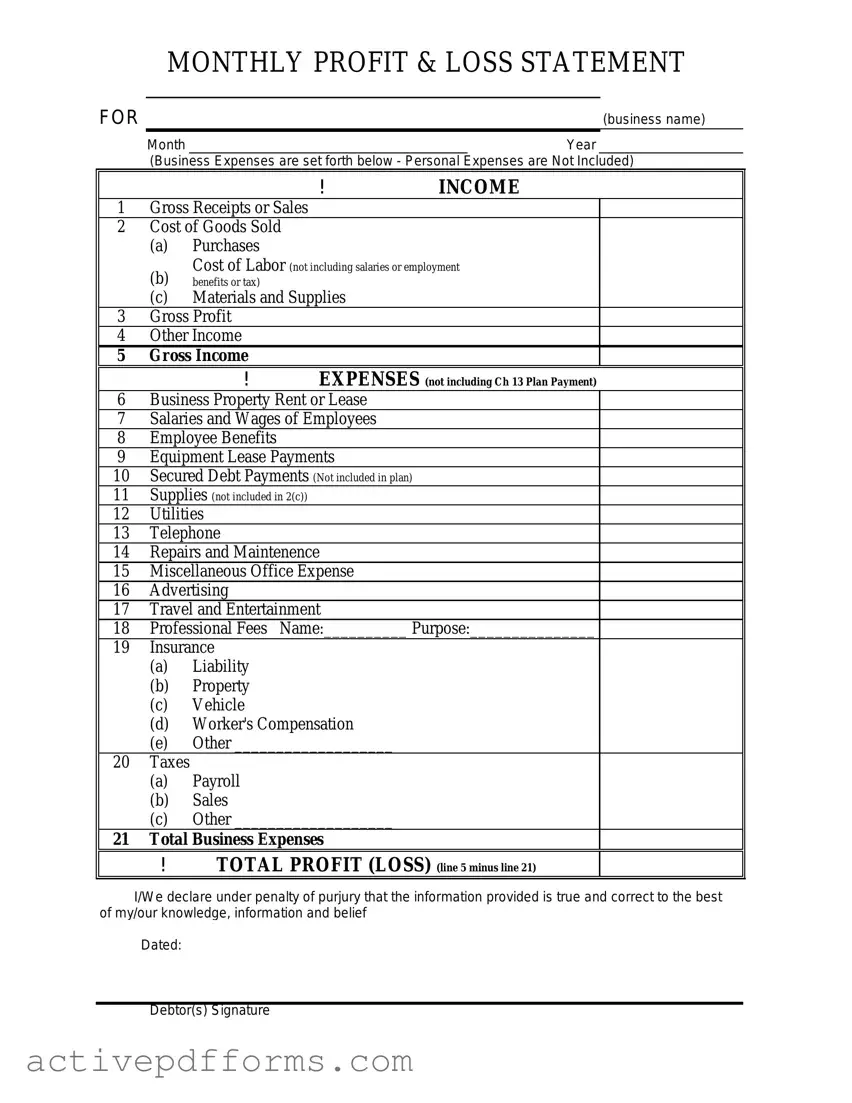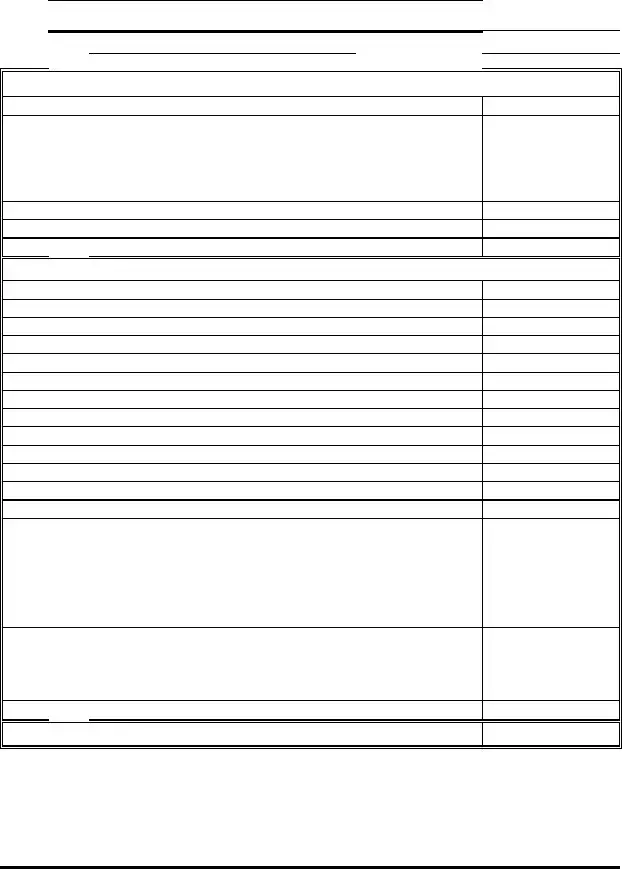Free Profit And Loss PDF Template
The Profit And Loss form, commonly referred to as the P&L statement, is a financial document that summarizes the revenues, costs, and expenses incurred during a specific period. This form gives business owners and stakeholders a clear view of the company's operational performance. It is a crucial tool for decision-making and strategy planning in any business endeavor.
Edit Profit And Loss Now

